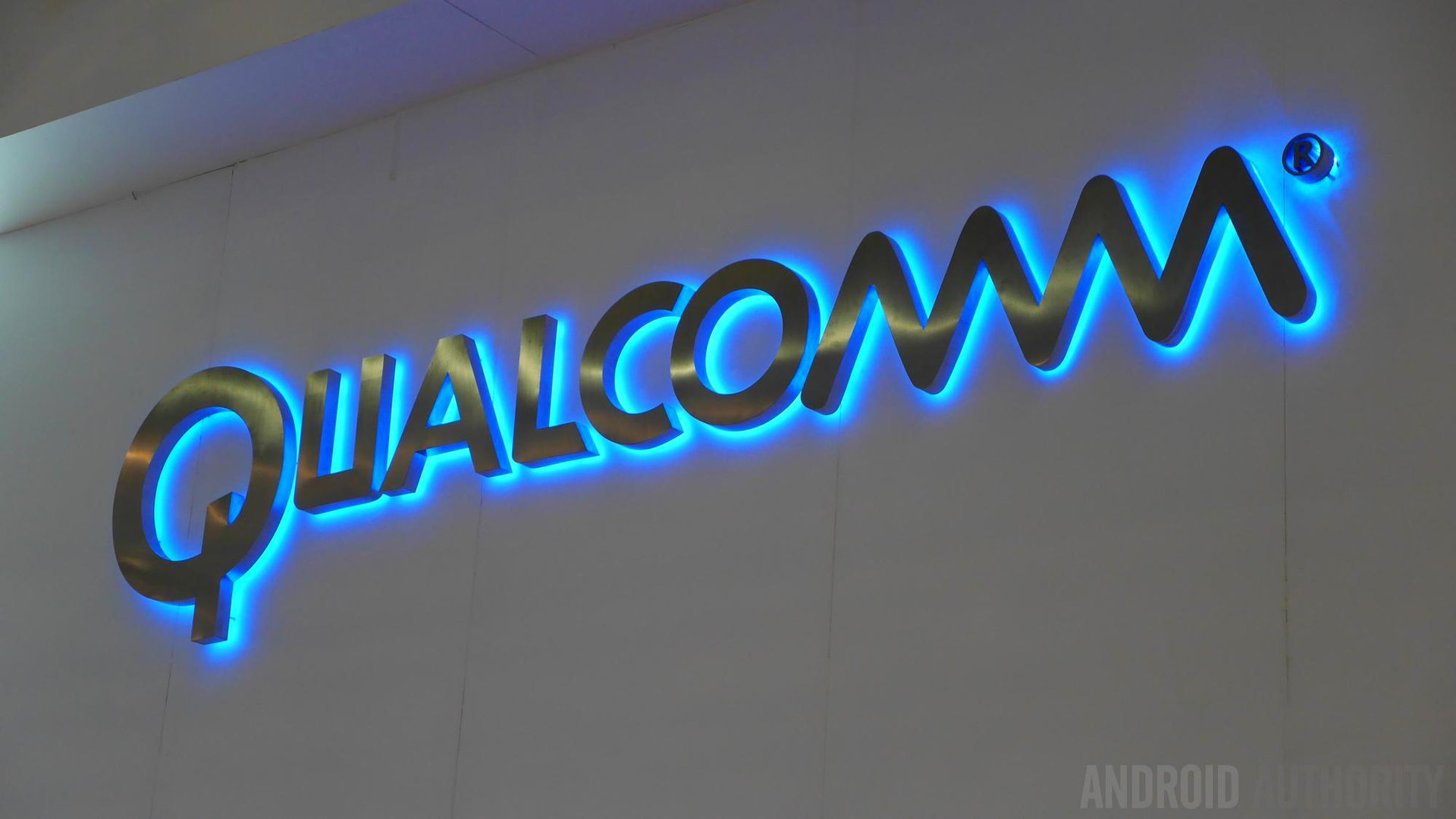Affiliate links on Android Authority may earn us a commission. Learn more.
Qualcomm unveils first gigabit LTE modem and three new mid-range SoCs

Qualcomm has had quite the busy day today. After unveiling its new Snapdragon Wear 2100 chipset built with Android Wear devices in mind, the company has now taken the wraps off four new products that are likely to make a splash in the mobile industry.
First, Qualcomm announced three new additions to the mid- and low-end Snapdragon lineup, the Snapdragon 625, 435 and 425. Unsurprisingly, the Snapdragon 625 is the highest-end out of the bunch. As the successor to the 617, the 625 features two quad-core clusters of Cortex A53’s and is clocked at 2GHz, up from its predecessor’s 1.5GHz clock speed. It also comes with an Adreno 506 graphics processor.
The Snapdragon 435 is next up on the list. This one replaces the Snapdragon 430, which was only unveiled a few months ago alongside the 617. The new 435 is an octa-core Cortex-A53 CPU and is the first in its class to integrate the X8 LTE modem, which supports 4G+, and 2x20MHz carrier aggregation for faster downlink and uplink LTE speeds. It’s clocked at 1.4GHz and comes with the Adreno 505 GPU. The Snapdragon 425 is a quad-core Cortex A53 CPU clocked at 1.4GHz and featuring an Adreno 308 GPU. This lower-end processor is aimed at replacing the Snapdragon 410 and 412.
For more detailed information on these three new SoCs, take a look at the press release in the source link below.
Qualcomm has also announced the mobile industry’s first Gigabit Class LTE modem, the Snapdragon X16 LTE. The X16 LTE modem is built on a 14nm FinFET process, and is designed to produce fiber-like LTE Category 16 download speeds of up to 1 Gbps, supporting up to 4x20MHz downlink across FDD and TDD spectrum with 256-QAM, and 2x20MHz uplink and 64-QAM for speeds up to 150Mbps. It’s important to note that the X16 LTE is ahead of its time, and the mobile network providers we have today don’t even come close to offering speeds of 1 Gbps. Qualcomm says with Gigabit Class LTE speeds, users will be able to take advantage of features such as live streaming 360-degree VR content and faster access to cloud-based apps and services.